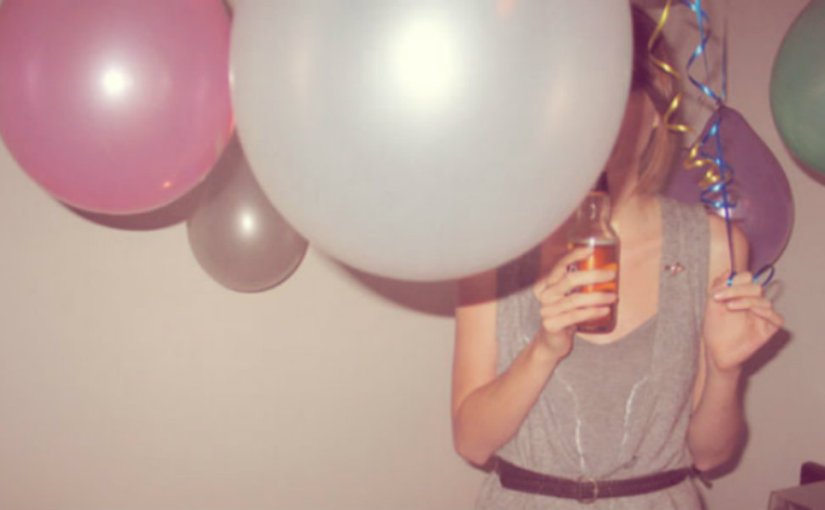Back in the dog days of summer, 2015, I visited with friends I’ve had since middle school. We talked for hours about all sorts of things, particularly how our lives had run parallel to each other’s over the years. For whatever reason, we began to talk about the difference between introverts and extroverts. We all decided that each of us fell on different spots of the spectrum. One of my girls brought out her copy of Quiet: The Power of Introverts in a World That Can’t Stop Talking by Susan Cain. She gave me the introvert vs. extrovert quiz, where we found that I am what is known as an ambivert–someone who is equal parts extrovert and introvert.
Back in my dogs days of drinking, I thought alcohol enhanced the extrovert within me. I took every opportunity to be the center of attention. I became more sassy, more bold, more passionate. What my cohorts and/or “audience” did not see when I became inebriated was my private disquiet, my severe discomfort. I hurt internally as I performed externally. I did not recognize my need to be true to the introvert I knew myself to be. I denied my desire to be alone because I was lonely; the thought of being with people made me want to jump out of a 13-story window. The paradox I faced was the desperate need for attention that rivaled my need to isolate. What a set up! An introvert who doesn’t want to be alone who also has a dangerous habit of isolating. I began to implode. When I drank, I became combustible.
As I entered into recovery, I avoided any place where I knew more than a couple of people would be. The only crowds of people I could tolerate were at meetings. I couldn’t bring myself to “fellowship,” in large part because of my distaste for program people using that word as a verb. I found that my insecurities in early sobriety prevented me from feeling joy in socializing. I forced myself to go anyway, on the advice of my sponsor and program friends. I am glad that I was able to ignore the severe discomfort I felt while socializing in those early months of fragility. However, I am finding more and more that I enjoy time alone more than I enjoy being with lots of people. And I am in good company.
My people-pleasing streak is slowing to a painful lurch. This comes at a good time, as it is the holiday season. My diminished need to be everything to everyone is much more economical in its spiritual and monetary value. I don’t say “yes” to every invitation to hang out, nor do I squirm in self-doubt when I actually am around people. Now that I am able to become friends with the introverted part of myself, I am much more fun to be around these days. In fact, I prefer being my own friend, rather than outsourcing friendship to others. The introvert and extrovert within me are best friends. As a result, I am better friends with others around me, if not a quieter friend.
Less personal shadow boxing = more interpersonal success.
The day-to-day challenge I face–other than to remain emotionally sober–is to shine forth as an authentic version of myself. Rather than picking and choosing the parts of me that fit what I think people want to be around, I need to show up as-is. I think most people find it challenging to be true to themselves, but for me it’s a matter of exposing the shadowy parts of my personality that want to keep the addictive side of me alive and unwell. I can honor the introvert I am without isolating. I can be extroverted without disassociating. I can be sober, therefore I can be a true ambivert. Maybe I can take my ambivert self to more Christmas parties this season. Or maybe I’ll remain in my sweatpants. The dual sides of me are no longer in competition. As long as I put recovery first, I am golden.
So, we’ll call it a draw.
Photo courtesy of BrideMag

One thought on “An Ambivert’s Dilemma”